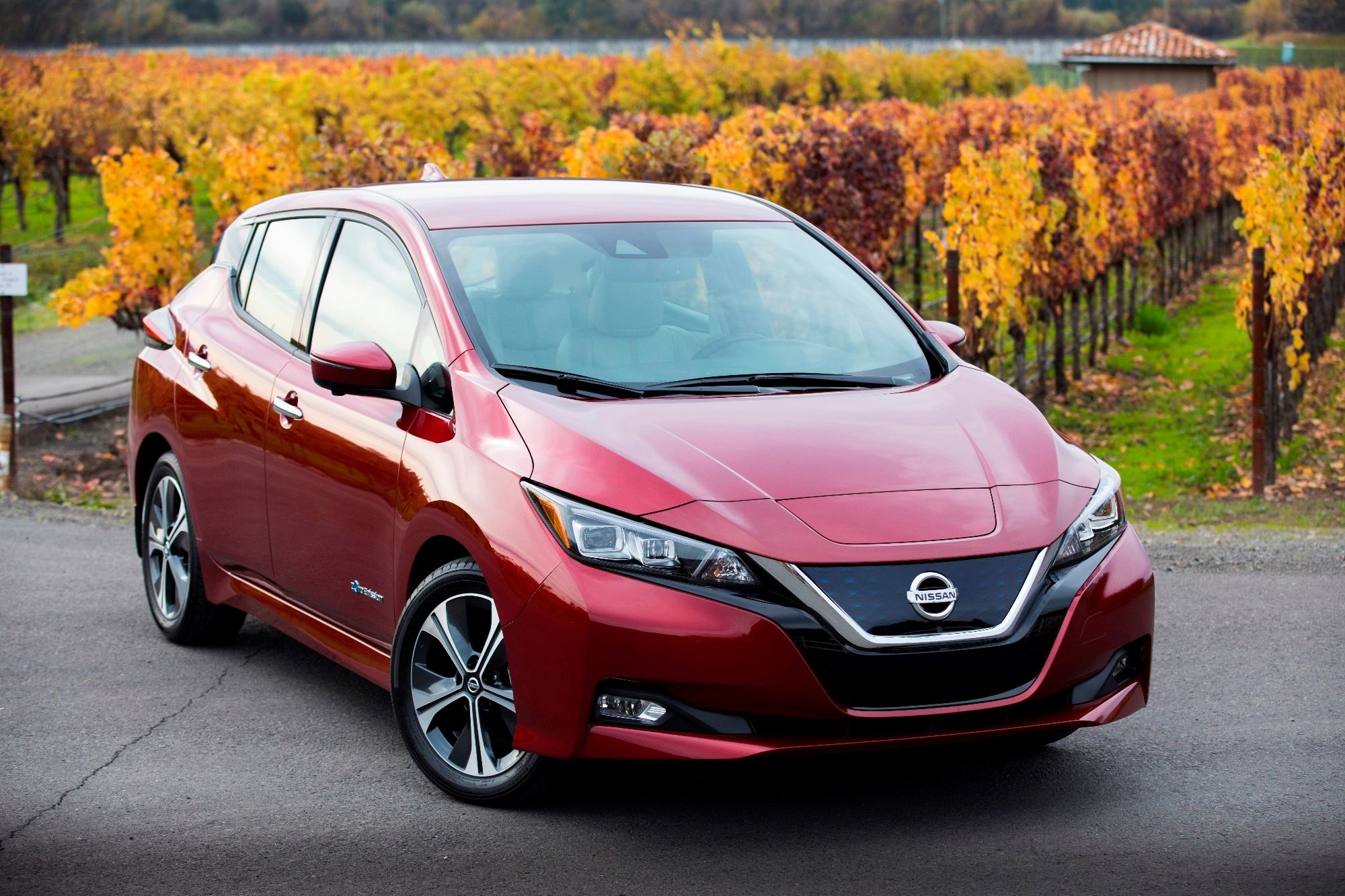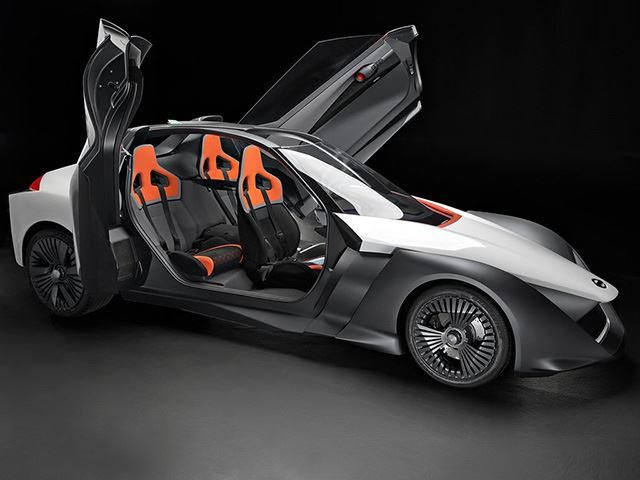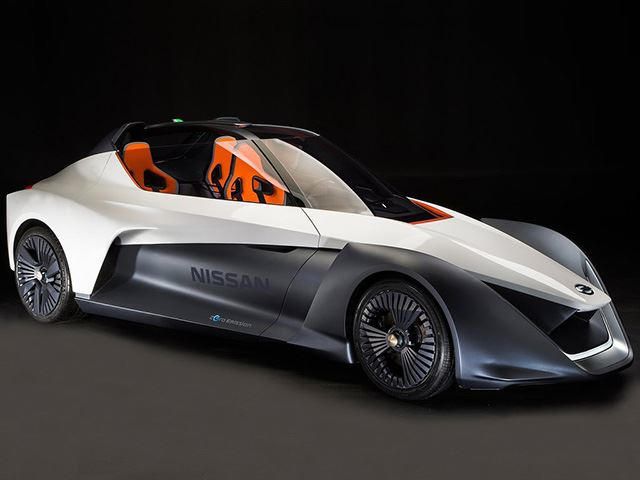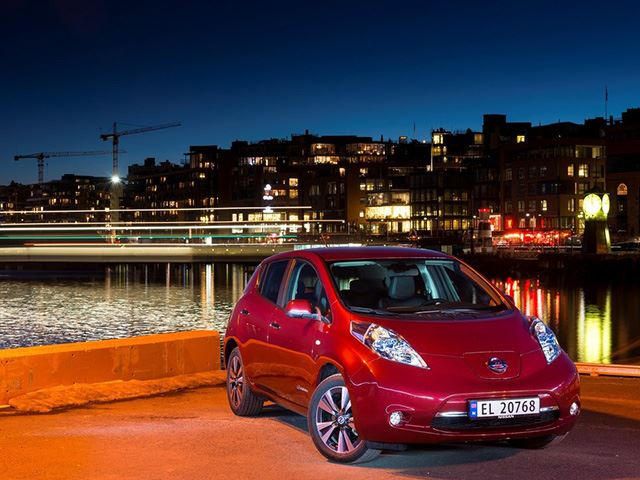
2017 is the first year Nissan has attended CES. CEO Carlos Ghosn didn't disappoint the crowd, taking the stage to announce several tech developments and partnerships, the biggest of which is Seamless Autonomous Mobility, or SAM. Nissan is getting into the self-driving car game but in a different way. Whereas other autonomous driving tech seeks to remove the human element altogether, Nissan thinks that a human touch is still needed in certain situations. Cars with SAM will be able to chat with live operators when situations get sticky.
The example given was a highway crash, the kind of accident where traffic is closed to one lane and directed by a cop. In this scenario lane lines give way to flares and traffic can abruptly stop when a police officer commands it to. Here a self-driving car may not know what to do, requiring a human to take the wheel to ensure safe passage. With SAM, the self-driving Nissan will stop once it gets to a situation it knows it can't reliably negotiate alone. During the stop data from the car's sensors and cameras is sent to a "mobility manager" who will "paint" a lane for the car to drive through. These virtual directions are sent to the car, and once the mobility manager deems it safe the robot car is allowed to proceed along the marked path.
Other Nissans with SAM stuck in the same traffic jam will be fed the info, allowing the system to learn in real-time, potentially letting drivers avoid the need to call a mobility manager altogether. This approach is a novel one in the auto industry, especially since it will cost more. Mobility managers won't work for free after all. Costs aside, we like it. It won't help an autonomous car make a split-second life-or-death decision but it will ensure that self-driving cars truly are self-driving in all but the most extreme scenarios. There was no timeline given for the roll out of SAM, but chances are that it will be included in the fleet of driverless vehicles Nissan plans to begin testing in Japan this year.
Unlike Uber, the tests will occur in designated zones, with an expansion of the program into mobility services set for 2020 in Tokyo, the year the city hosts the summer Olympics. The tests will be conducted in partnership with Japanese Internet company DeNA and will be aimed primarily at developing autonomous vehicles for commercial purposes. Every company wants a piece of that sweet, sweet ride-sharing money. But that's a plan for the future. In the near-future Nissan will launch a new Leaf equipped with its ProPILOT. ProPILOT allows the Leaf to drive autonomously on a single-lane highway. However, that's just a fancy way of saying that all new Leafs will be equipped with lane-keep assist and radar cruise control working in conjunction.
What we're more excited for is the second phase of ProPILOT, set to debut in 2018, which will allow the Leaf to merge and change lanes all by itself. Stage three will be full city self-driving, which Nissan expects to hit in 2020. There's no timeline on stage four, which will be full autonomous driving. Nissan is making an all-out driverless car push but doing so at a conservative pace. The company can afford to do that as it's part of the massive Renault-Nissan alliance which also now includes Mitsubishi. While it may take a while (in tech terms anyway) to see driverless Nissans on the road the wait should result in more polished technology. At least that seems to be the idea, anyway. Note: The car seen here is the 2016 BladeGlider concept.



